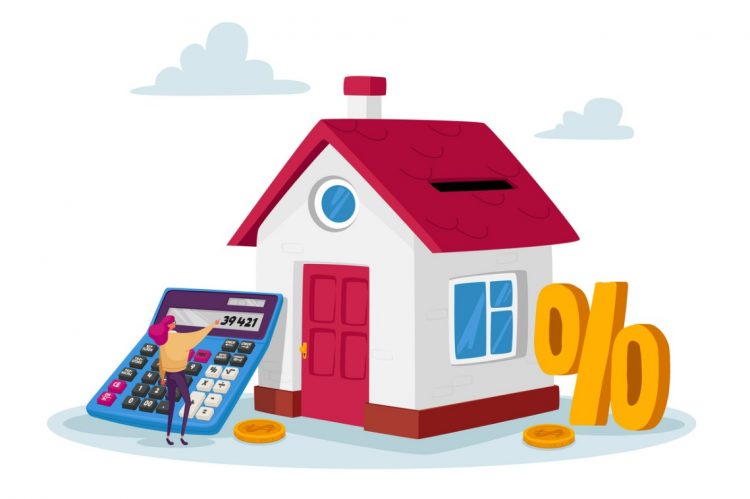The 30-year fixed-rate mortgage (FRM) increased slightly this week, from last week’s average of 6.9% to an average of 6.94% this week, according to the latest Primary Mortgage Market Survey® (PMMS®) from Freddie Mac released Thursday.
This week’s numbers:
- The 30-year FRM averaged 6.94%, up from last week when it averaged 6.9%. A year ago at this time, the 30-year FRM averaged 6.65%.
- The 15-year FRM averaged 6.26%, down from last week when it averaged 6.29%. A year ago at this time, the 15-year FRM averaged 5.89%.
The takeaways:
“Mortgage rates continued their ascent this week, reaching a two-month high and flirting with seven percent yet again,” said Sam Khater, Freddie Mac’s Chief Economist. “The recent boomerang in rates has dampened already tentative homebuyer momentum as we approach the spring, a historically busy season for homebuying. While sales of newly built homes are trending in a positive direction, higher rates and elevated prices continue to pose affordability challenges that may leave potential homebuyers on the sidelines.”
Realtor.com Economist Jiayi Xu commented:
“The Freddie Mac fixed rate for a 30-year mortgage increased by 0.04 percentage points to 6.94% this week. Today’s reading on core Personal Consumption Expenditure Price Index (PCE), the Fed’s preferred inflation measure for monetary policy decisions, brought a relief to many as it was not worse than expected. However, the 0.4% monthly gain still suggests that the Fed may keep the restrictive policy for longer as the economy remains strong. In fact, a growing number of investors are postponing their expectations for the Fed’s first rate cut to June. While the Federal Reserve Bank does not set mortgage rates directly, the high policy rate environment has increased all types of borrowing costs, including mortgages.
“‘Mortgage rate locked-in effect’ has been a key word for many homeowners for the past year and a half. Many owners with existing low-rate mortgages opted to remain in their homes, leading to a consecutive year-over-year decline in new listings from mid-2022 to late-2023. While today’s mortgage rates remain higher than the level a year ago, recent double-digits increase in new listing activities suggest that the impact of the locked-in effect might start to decline. For some sellers, the optimism of lower mortgage rates in the next 12 months may boost their listing activities. Other sellers, who have been frozen by high mortgage rates for more than a year, may have gotten used to the high-rate environment and decide to list their homes, especially given the uncertain timeline for potential Federal Reserve rate cuts. As sellers adapt their listing strategies, the elevated rates continue to pose challenges for prospective buyers. A recent Realtor.com survey indicates that approximately 40% of buyers would consider participating in the current market if mortgage rates were to dip below 6%. However, about one in three potential buyers are holding out for rates to fall below 5% before entering the market—a threshold not anticipated to be reached this year.”












